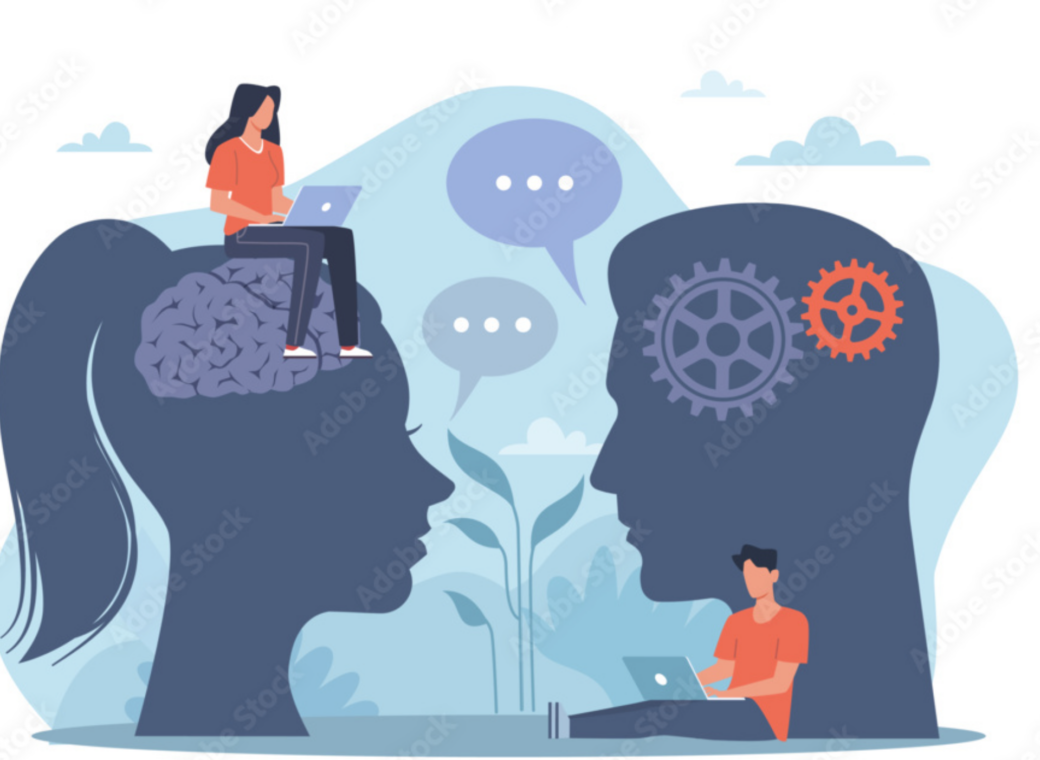Natural Language Processing (NLP) and machine translation (MT) have revolutionized the way we communicate and do business globally. In this post, we’ll explore the definitions of NLP and MT, how they work, and how important they have become in today’s digital world. Spoiler alert: we’re likely using them more than you realize!
What is NLP and How is it Used in Business?
Natural language processing (NLP) is a field of study that combines artificial intelligence (AI), computer science, and linguistics to help humans and computers interact more effectively – using natural language.
Within NLP, computers develop algorithms and computational models to analyze, interpret, and generate human language. The technology is the foundation of many of today’s common applications like chatbots, virtual assistants, search engines, and translation tools.
Here are some ways it automates tasks across a variety of industries:
- Customer Service – NLP helps businesses reduce customer service costs and improve response times by answering common customer questions, resolving complaints, and handling support tickets.
- E-Commerce – Research shows consumers prefer to make purchases when they can research products and services in their first language. Companies can use NLP to translate content into multiple languages as they expand into new geographic regions.
- Healthcare – The health industry uses NLP to analyze medical records, clinical notes, and other documents. It can help identify trends, patterns, and insights to improve patient care, reduce costs, and optimize treatment plans.
- Finance – NLP is used to analyze financial reports, news articles, and social media feeds to identify market trends, sentiment, and other relevant information. The results can help financial analysts make informed investment decisions and identify risks.
- Marketing & Sales – NLP can assist with analyzing customer feedback, social media feeds, and other marketing-related data. In this context, it helps identify customer sentiment, preferences, and behavior, so marketers can create more targeted and effective marketing campaigns.
- Education – Educational institutions use NLP to analyze student feedback, course materials, and other educational data to improve the quality of instruction. It can also help identify areas where students are struggling and provide personalized learning experiences.
While NLP helps businesses save time, reduce expenses, and increase efficiency, it does come with challenges. For example, NLP systems require training with high-quality, relevant data for accurate, reliable results, especially for industry-specific language. Likewise, NLP algorithms will need specialized training to interpret nuances in meaning and cultural differences in multilingual environments.
Other concerns with NLP include the following:
- The possibility of inaccurate results, especially when word meanings are ambiguous or context is limited
- Privacy and security concerns around sensitive data like medical or financial records
- The potential for bias or discriminatory outcomes toward specific language or cultural groups
Addressing these challenges requires ongoing research, development, and collaboration between industry experts, researchers, and policymakers. Still, as it evolves, NLP is driving innovation and improving efficiency in various industries.
Transforming Digital Communication with Machine Translation
Machine translation (MT) is a subfield of NLP. It uses artificial intelligence, algorithms, and training models to translate text or speech from one language to another automatically. Machine translation bridges language barriers and facilitates communication between people who speak different languages.
Since its first use in the 1950s, MT has evolved a great deal, taking different approaches over time.
Rule-Based Machine Translation (1950s-1980s)
The earliest approaches to MT used rule-based systems, linguistic principles, and dictionaries to translate text. However, these systems were limited by the complexity of language and the difficulty pinpointing every rule and exception in a particular language.
Statistical Machine Translation (1990s-2010s)
Statistical machine translation (SMT) emerged as a dominant approach to machine translation in the 1990s. Using large datasets of parallel texts from source and target languages, SMT systems learn and predict the most likely translation of a given input. As a result, SMT systems can produce more accurate translations than rule-based systems, though they still struggle with issues like idiomatic expressions and capturing context.
Neural Machine Translation (2010s-present)
Neural machine translation is a newer approach that uses artificial neural networks to learn how to translate text from one language to another. NMT systems can understand more complex patterns in language and produce more fluent and accurate translations than previous approaches. Now, NMT is the dominant approach to machine translation.
Machine translation has many applications, including language localization for software and websites, international business communications, and government and diplomatic communications. While machine translation has made significant progress in recent years, research and development are still needed to accurately capture context and nuance in language, handle idiomatic expressions and slang, and deal with low-resource languages with limited amounts of training data.
How NLP Benefits Machine Translation
Machine translation has come a long way since the 1950s, and NLP has played an essential role in its development. NLP techniques are used to improve machine translation in several ways, including:
- Preprocessing and cleaning data – Before feeding data to a machine translation system, NLP techniques can ensure effective data use. For example, sentence segmentation, tokenization, part-of-speech tagging, and named entity recognition help MT systems produce more accurate and fluent translations.
- Language modeling – NLP techniques can be used to develop language models that capture the probability of different word sequences in a language. MT systems then use these models to predict a given input’s most likely and accurate translation.
- Named entity recognition – Named entity recognition (NER) is an NLP task that involves identifying and classifying named entities in text, such as people, organizations, and locations, to ensure correct translation.
- Syntax and semantics – MT systems using NLP techniques to capture language’s syntax and semantics result in greater translation accuracy in word order, sentence structure, and meaning of the original text.
- Post-processing and evaluation – NLP techniques can be used to evaluate the quality of machine translations and to post-process the translations improving fluency and accuracy. This can involve tasks such as smoothing the translations, reordering words or phrases, or adding missing words or phrases.
Overall, NLP techniques play a critical role in improving the accuracy and effectiveness of machine translation systems. By leveraging the power of NLP, machine translation systems can produce more accurate, fluent, and natural-sounding translations, better suited to human communication. These factors positively impact businesses across industries, helping them increase productivity, save time and money, and improve the overall customer experience.




